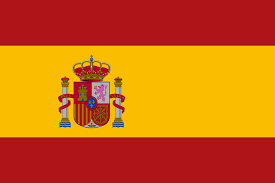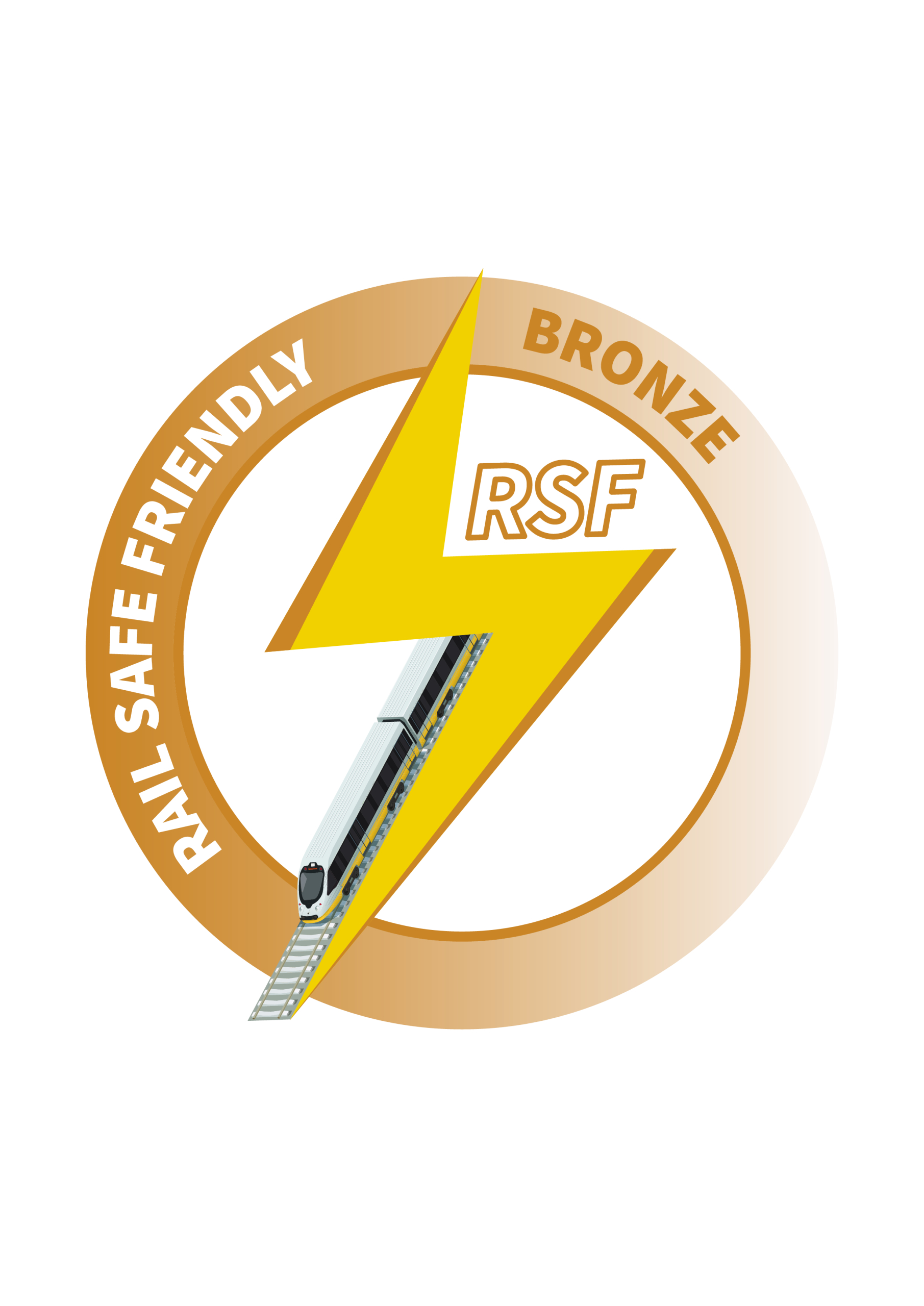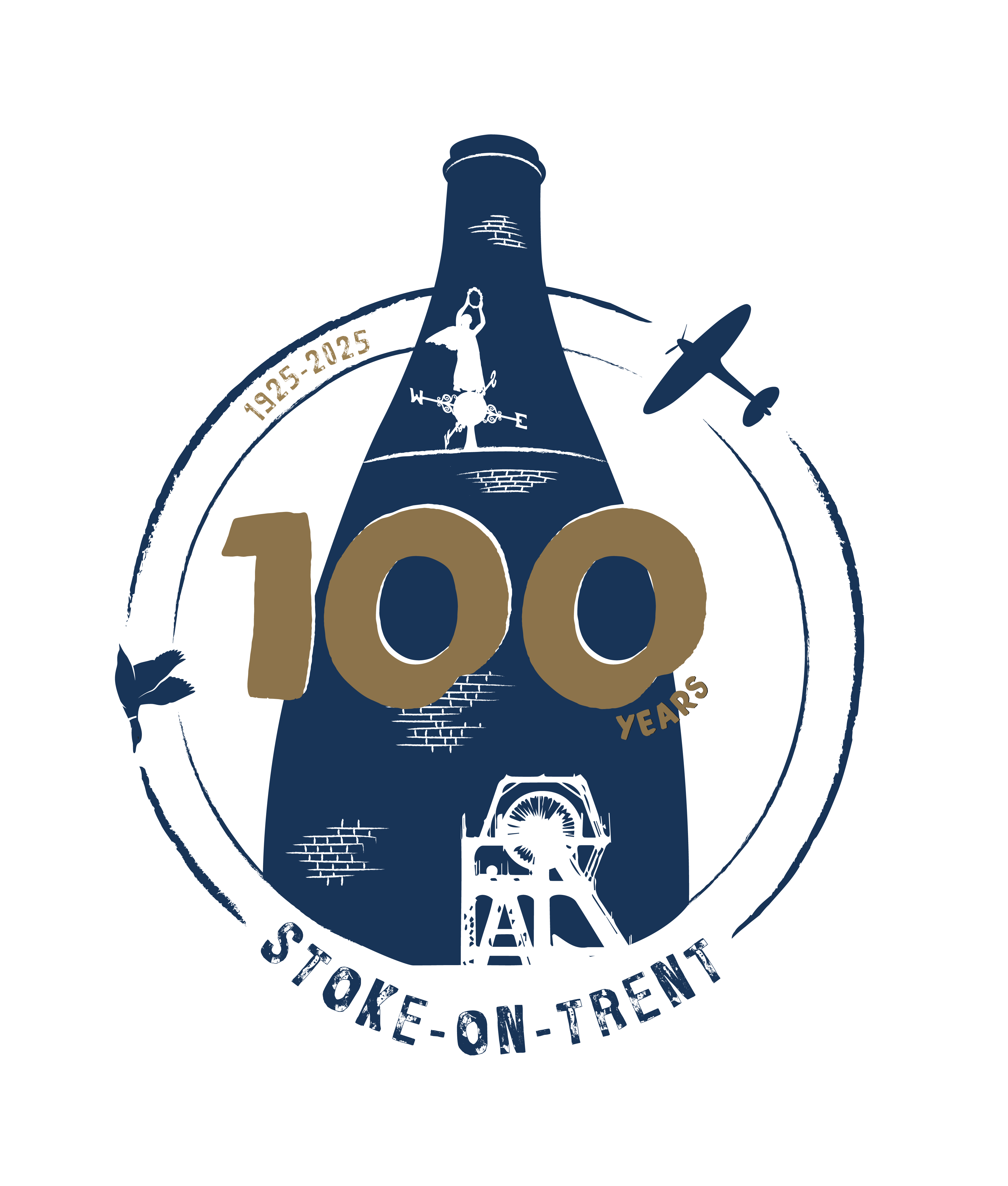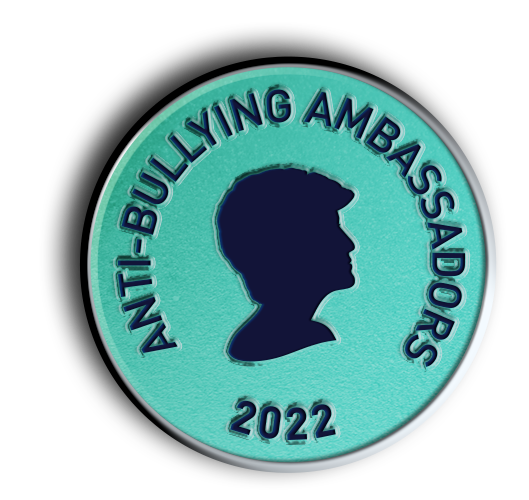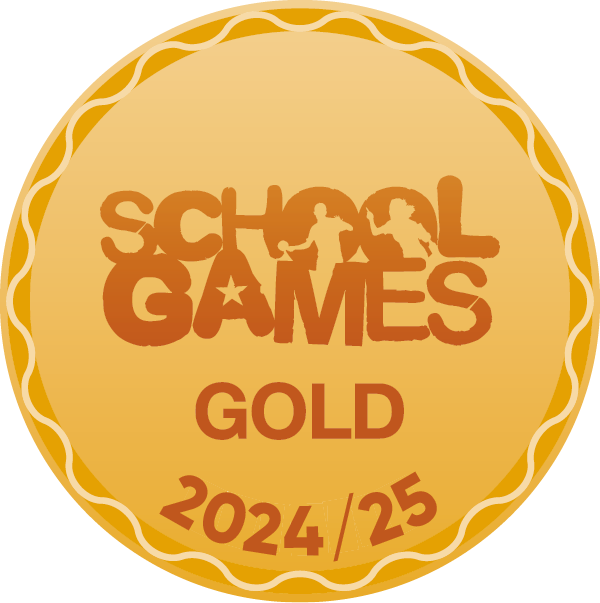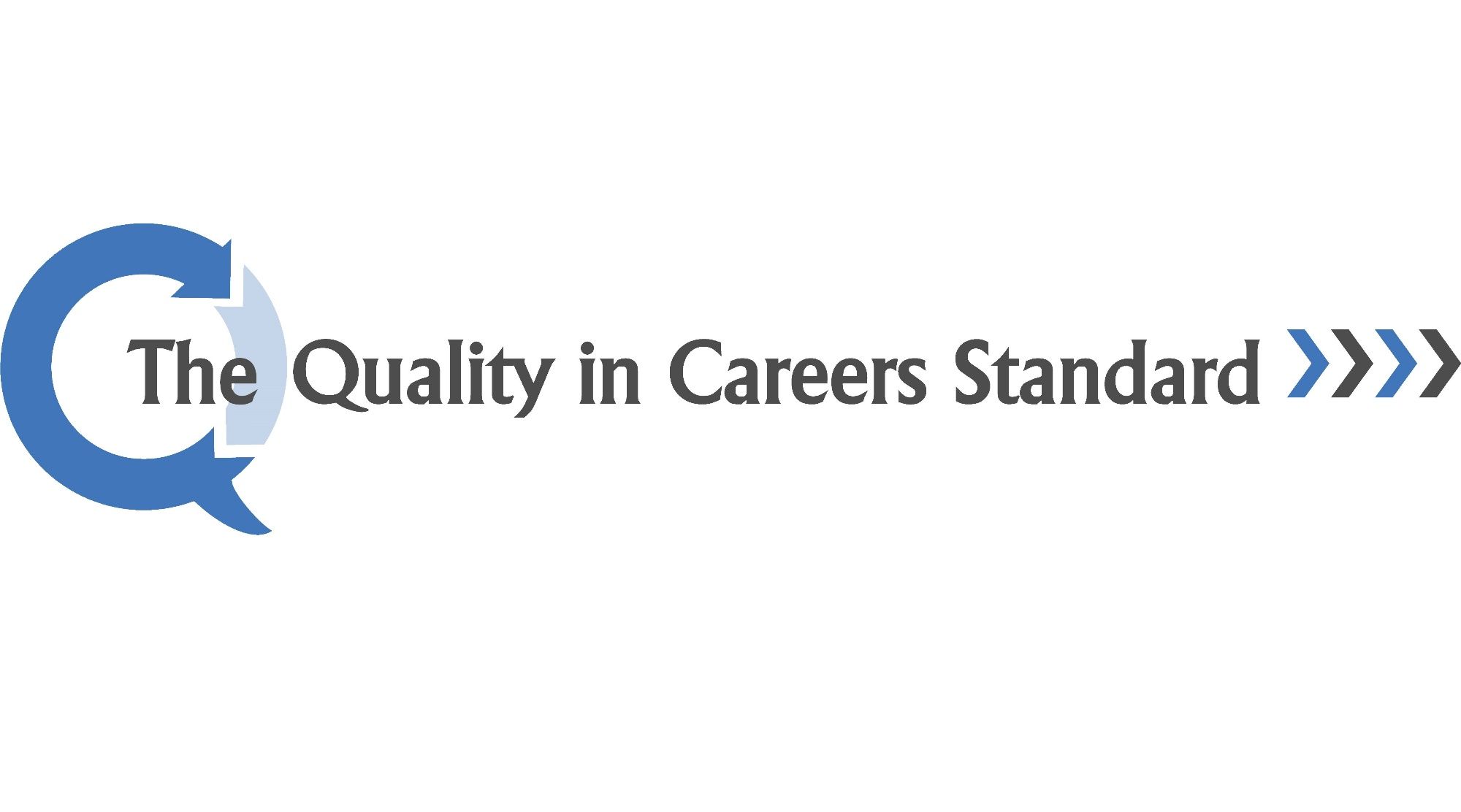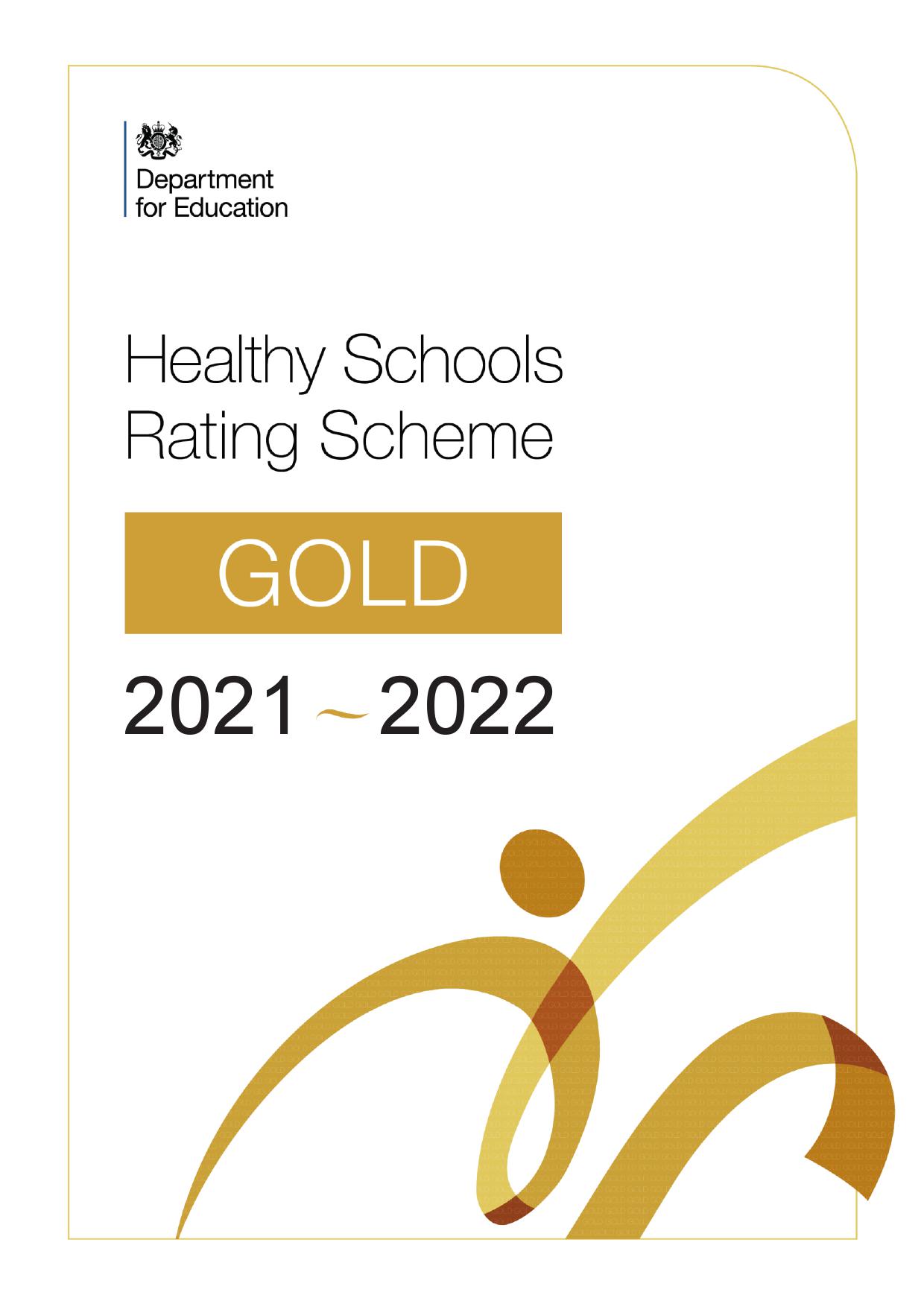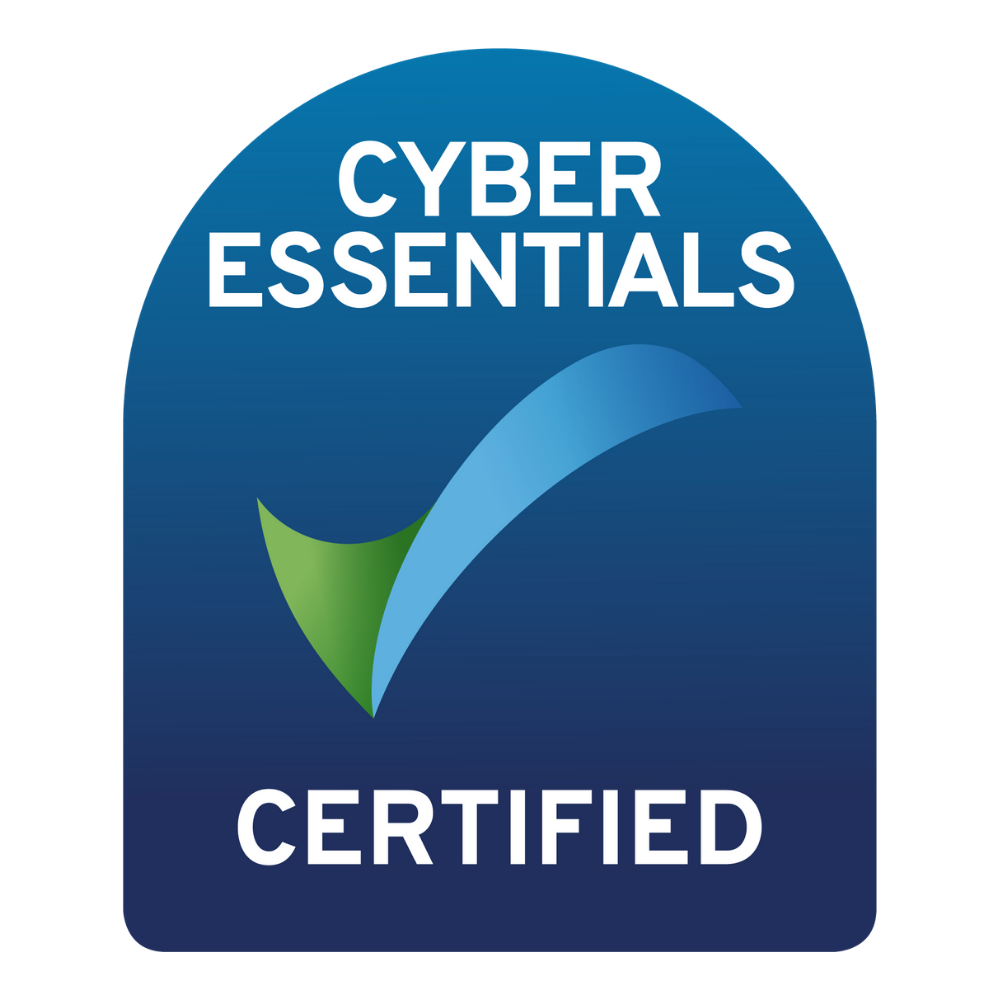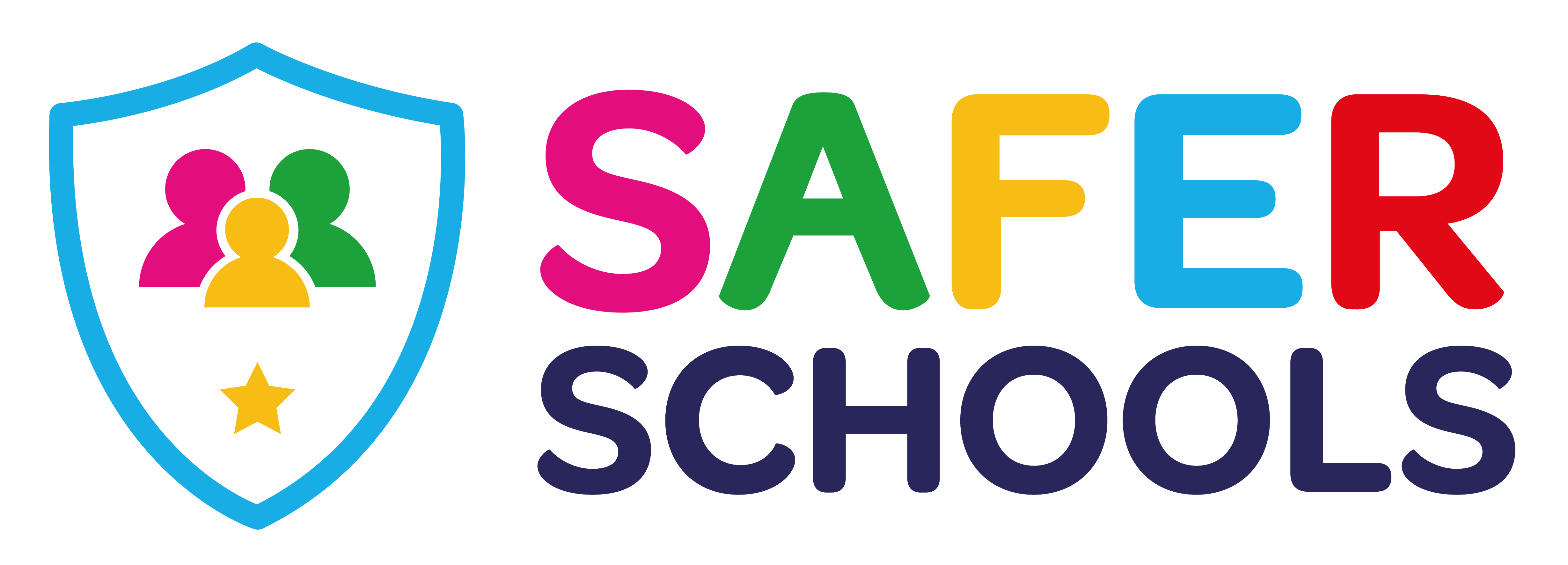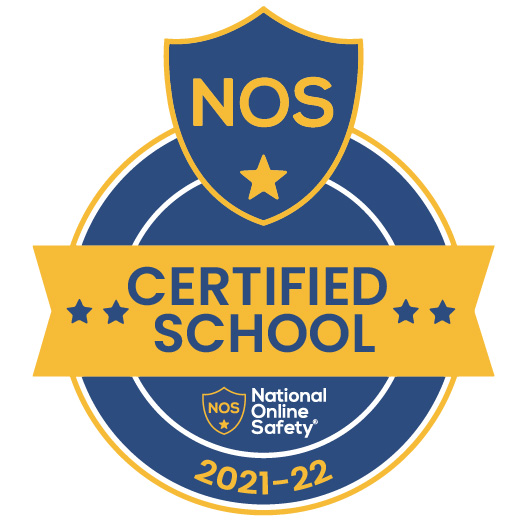Modern Foreign Languages
Department vision
To create resilient, enthusiastic and confident linguists who foster a deep understanding of grammatical structures. They will demonstrate empathy and kindness to others and the differences in our cultures, all while stepping up to the challenge of mastering a new language.
Rational behind curriculum
Students follow an interleaved curriculum that is carefully sequenced to allow students to build on previously taught content. Recyclable language, such as connectives, quantifiers and our sizzling structures, is interweaved throughout to enable students to respond to native speakers, both in speaking and writing. Lessons follow a structure of responsive language through listening and reading to a productive language where students get to say what they want to say in Written and Spoken mediums. Phonics is a key focus in lessons to enable students to have accurate pronunciation and intonation and become fluent linguists. Our course will provide the foundation for further study, travel and employability in an ever-changing world, whether or not students continue up to GCSE.
Language days and extra-curricular
| September – 26th | European Day of Languages |
| September 14th – October 14th | Spanish Heritage month |
| October – 12th | National Day of Spain |
| November | Into Film festival trips |
| February 21st | Mother Tongue Day |
| March 20th | French language Day |
| July 14th | Bastille Day |
| Other extra-curricular |
|---|
| Spelling bee |
| Spanish language club |
| Language academy |
| Chester uni trip |
| Translation bee |
| How to be an outstanding linguist |
Curriculum
Click on the flags below to view or download the curriculum for that language.
